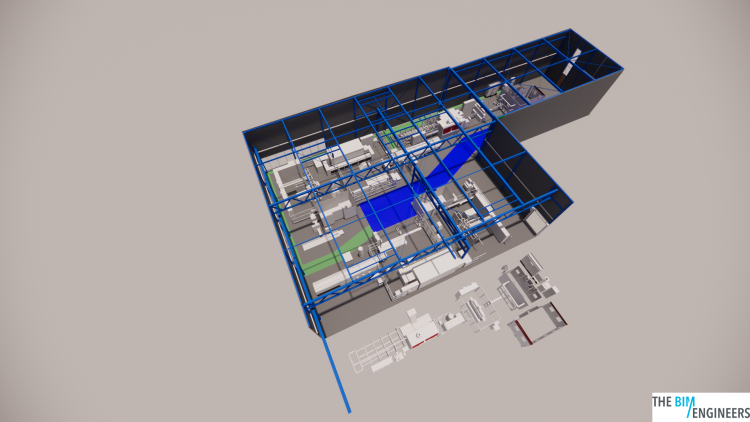



BIM with Revit is a powerful combination that allows architects, engineers, and construction professionals to work together to design and build buildings more efficiently. BIM, or Building Information Modeling, is a process that involves creating a digital representation of a building, including its geometry, spatial relationships, and other construction and design data. Revit is a software program that is commonly used to create BIM models.
The use of BIM with Revit allows professionals to collaborate on a project in real-time, using a single source of truth for all project data. This can help to reduce errors, save time, and improve the quality of the final product. It also allows for greater visualization and analysis of the building, enabling design teams to make informed decisions and optimize the design before construction begins.
One of the key benefits of using BIM with Revit is the ability to simulate and test different design scenarios. For example, if a change is made to the design of a building, Revit can quickly update the model to reflect the change and show the impact on the rest of the design. This allows teams to make more informed decisions and avoid costly mistakes.
Another advantage of BIM with Revit is the ability to generate detailed construction documents and schedules. The program can automatically generate plans, elevations, sections, and schedules based on the information in the BIM model. This can save a significant amount of time and effort compared to traditional methods, where these documents are created manually.
In addition, BIM with Revit can help to improve communication and coordination between different teams and stakeholders on a project. The program allows users to easily share and access project data, which can help to reduce misunderstandings and ensure that everyone is working from the same set of information.
Despite the many benefits of BIM with Revit, it is important to note that the success of the process depends on the quality of the BIM model. In order to create an accurate and effective model, it is essential to have a thorough understanding of BIM principles and best practices, as well as a solid foundation in Revit.
To get started with BIM with Revit, it is recommended to take a training course or seek out professional guidance. This will ensure that you have the knowledge and skills necessary to create high-quality BIM models that can help your team to work more efficiently and effectively.
In conclusion, BIM with Revit is a powerful combination that can help architects, engineers, and construction professionals to design and build buildings more efficiently. By using a single source of truth for project data and being able to simulate and test different design scenarios, teams can make more informed decisions and avoid costly mistakes. The ability to generate detailed construction documents and schedules, as well as improve communication and coordination, make BIM with Revit a valuable tool for any construction project.
Copyright © 2024 The BIM Engineers. All Rights Reserved | Design & Developed by Prettify Creative